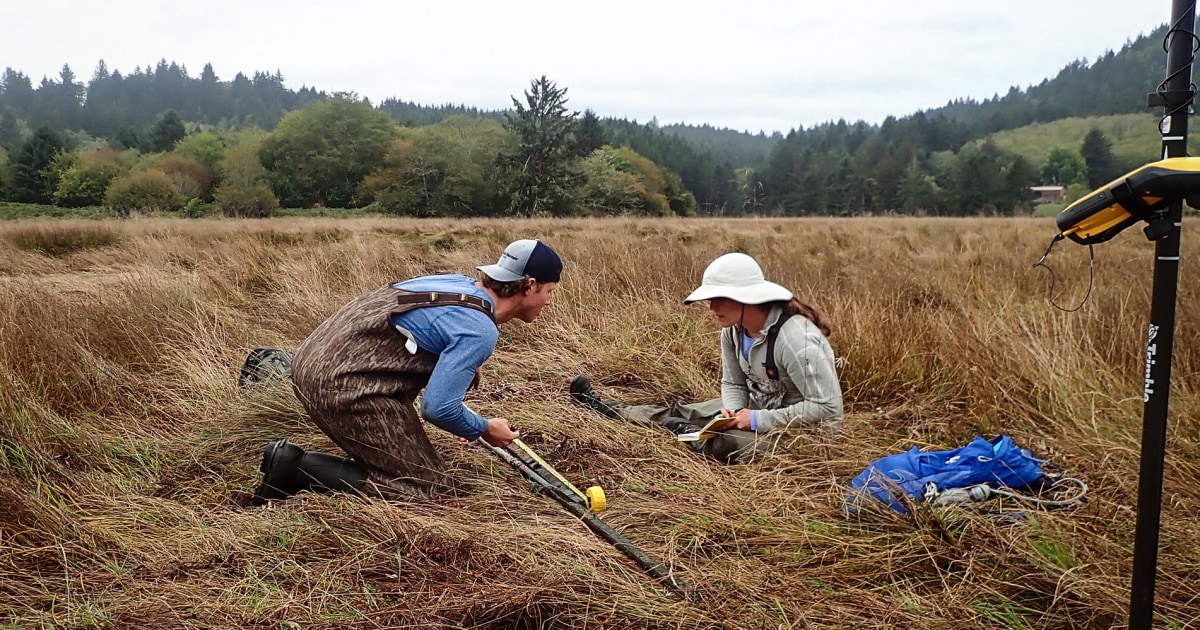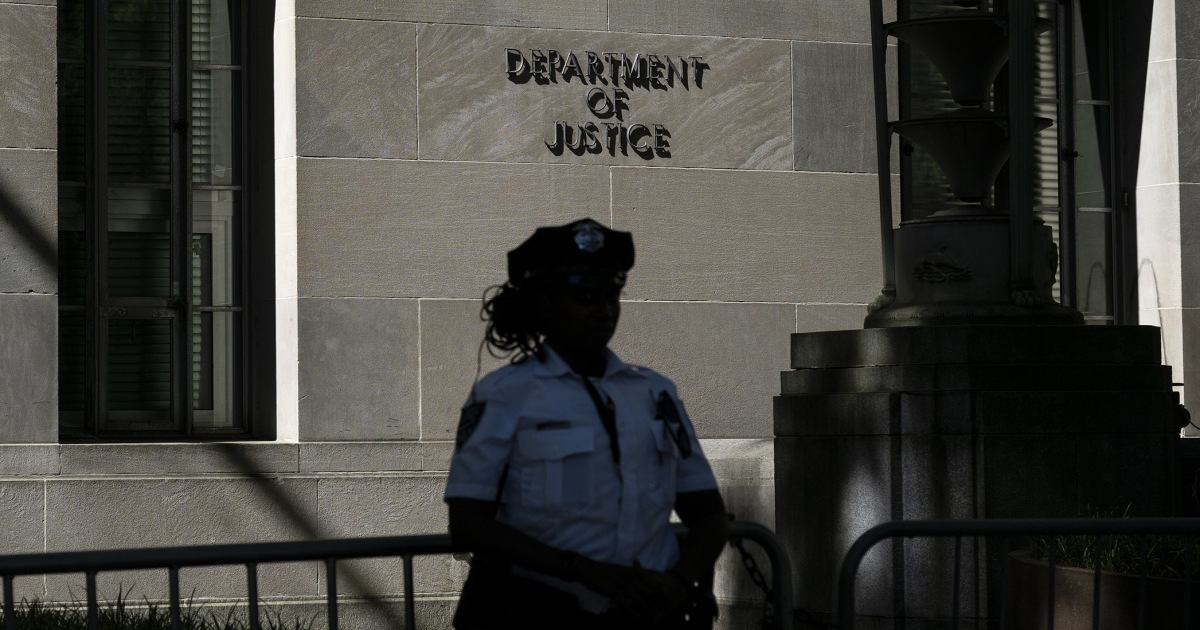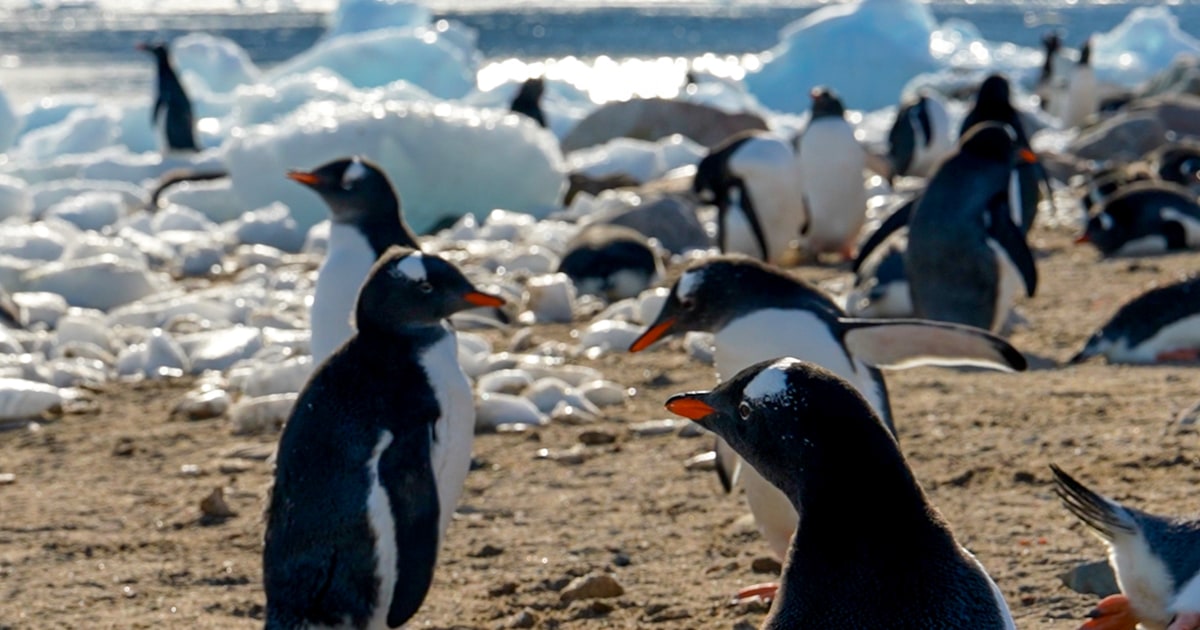The Summary
- Wildire smoke is spreading across North America, threatening air quality across the Pacific Northwest.
- Almost 950 active fires were burning in Canada as of Friday.
- Some fires have forced people to evacuate their homes, and one blaze caused widespread destruction in a popular alpine resort town.
Intense wildfires in western Canada have sent huge plumes of smoke sweeping across North America in recent days — pollution that has been captured in images by NASA satellites, aircraft and ground-based observatories.
An animation NASA released Friday showed smoke blanketing British Columbia, Alberta, Saskatchewan, Manitoba and the Northwest Territories in Canada, and drifting over Montana, Colorado, Kansas, Wisconsin and other parts of the Midwest.
The maps use NASA data to show the concentration and movement of black carbon, a type of aerosol pollution released by wildfires, over North America from July 17 to July 24.
As of Friday afternoon, 948 active fires were burning in Canada, including 387 considered out of control, according to the Canadian Interagency Forest Fire Centre. One fast-moving blaze caused widespread destruction to Jasper, a popular alpine resort town in Alberta, and forced 25,000 people to evacuate.
Large fires in the Pacific Northwest and California are polluting nearby air, as well. Over the past week, air quality alerts and advisories have been issued in Washington State, Oregon, Idaho, Colorado and Wyoming. Smoky skies were also reported in North Dakota, South Dakota and across the High Plains.
Oregon has the largest active blaze in the U.S., which has been fueled by lightning, hot weather and high winds. In total, nearly 1 million acres have burned in more than 35 uncontrolled wildfires in the state.
In neighboring Idaho, fast-moving fires forced the evacuation of the entire town of Juliaetta on Thursday. More than 600 residents fled as the Gwen Fire and others burning in the region continued to spread.
Cities in Oregon, Montana, California and Idaho topped the list of locations with the worst air quality in the country on Friday, according to IQAir, a Swiss air monitoring company. Air pollution levels in Burns, Oregon, for instance, were considered “hazardous,” while air quality in Stevensville, Montana, was “very unhealthy.”
In California, the Park Fire has already burned more than 250 square miles in the Chico area since it started on Wednesday, and it remained uncontained as of Friday morning.
Firefighters are also battling the lightning-sparked Gold Complex fires in California’s Plumas National Forest, which have consumed more than 5 square miles since July 22. The fires are only 11% contained as of Friday afternoon, and winds are helping the blazes spread rapidly, according to Cal Fire.
Wildfire smoke, which has spread as far east as New England and as far south as Mexico, has myriad consequences for human health.
In addition to black carbon, wildfires emit carbon dioxide, carbon monoxide, various chemicals and tiny particles known as fine particulate matter into the atmosphere. Together, these materials can irritate the eyes, nose, throat and lungs, and exacerbate conditions such as diabetes, heart disease, COPD and chronic kidney disease.
Young children, older adults, pregnant women and people with asthma or other pre-existing respiratory conditions face the highest risk from wildfire smoke.
In both Canada and the western U.S., thunderstorms have played a role in igniting many of the active wildfires. Gusty winds, hot conditions and more thunderstorms then fanned the flames.
Although summer wildfires are not uncommon across western Canada and the U.S., scientists say that climate change is increasing the risk of these blazes by creating more favorable conditions for wildfires to start and spread. Hotter temperatures also help dry out vegetation, making it easier to burn.

 10 months ago
10 months ago
 (200 x 200 px).png)








 English (US) ·
English (US) ·